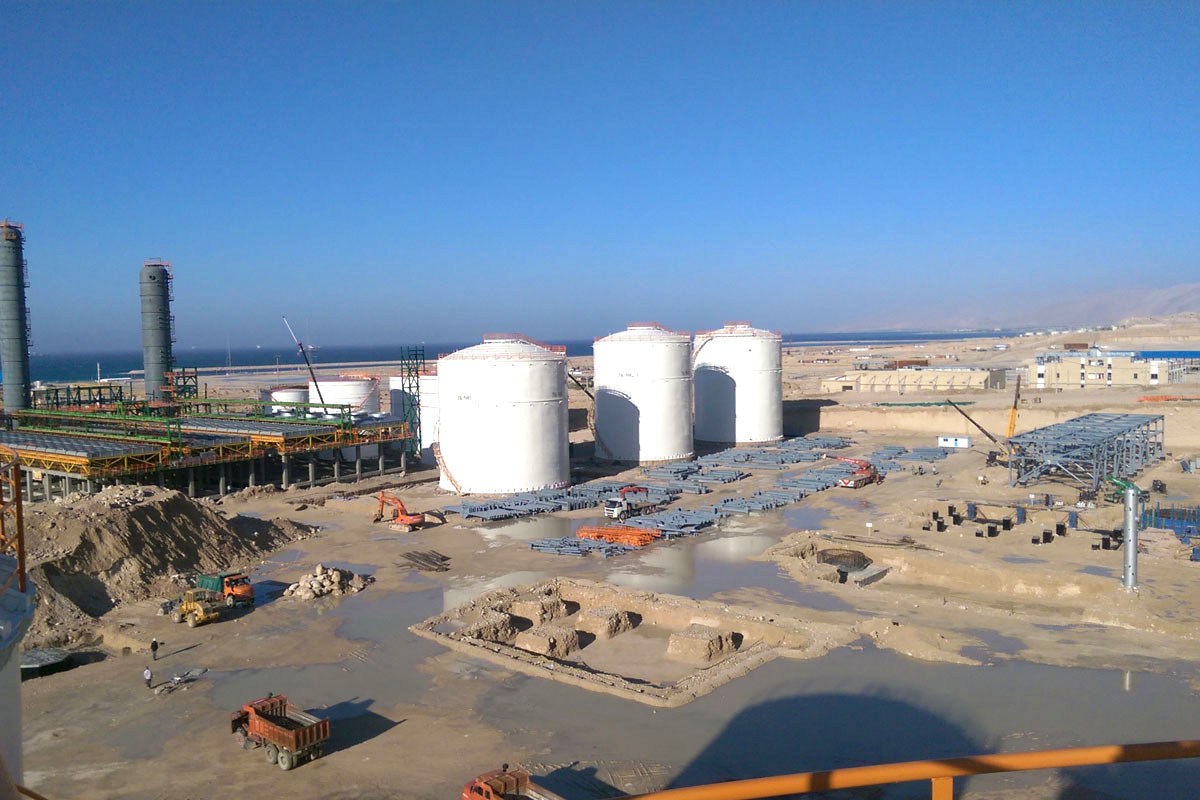A preliminary agreement to develop Siraf Refining Park, a major downstream project in the city of Siraf in the southern Bushehr Province, will be finalized by the end of the current fiscal year in March 2018, managing director of Tamin Petroleum and Petrochemical Investment Company (TAPPICO) said.
"Developing the Siraf project is a top priority for the National Petrochemical Company," Mohammad Hassan Peyvandi was quoted as saying by Mehr News Agency on Saturday.
Last month, TAPPICO signed an agreement, worth $3 billion, in Seoul with South Korea’s Hyundai and Daelim Corporation as well as Japan’s Chiyoda Corporation to develop the major refining project.
"The final agreement entails the funding and construction of eight new petroleum processing facilities in Siraf," Peyvandi said, underlining complete transparency in the financing mechanism of the venture. The two sides are now pushing to thrash out technical and fiscal terms.
A total of $2 billion is set to be provided by the Export Import Bank of Korea (KEXIM) and the Korea Trade Insurance Corporation (K-Sure). The remaining $1 billion would be extended by Japanese financial institutions, including Nippon Export and Investment Insurance.
Peyvandi noted that the four-year project will increase Iran’s refining capacity, currently standing at around 1.8 million barrels per day, by 22% and raise its petrochemical feedstock output by 57%.
Siraf complex is close to the facilities of South Pars Gas Field in the Persian Gulf. The park will be developed in the Pars Kangan region of Pars Special Energy Economic Zone, between phases 13 and 19 of South Pars Gas Field.
--- Final Output
Asked about the final products of the refining park, he said the substantial investment will be used to produce fuel products with high value-added.
"The final output will be either olefin, a synthetic fiber made from polypropylene or polyethylene, or quality Euro-5 gasoline," Peyvandi added.
According to the official, a decision has yet to be reached on the main output of the refining project. Nonetheless, the completion of the value chain in the refining park is high on the agenda, because of which converting gas condensates to cheap products like naphtha is not an option.
Peyvandi elaborated on the operational capacity of the Persian Gulf Star Refinery in the city of Bandar Abbas, Hormozgan Province.
"Although the isomerization units are not completely operational, the refinery, which is the largest gasoline producing plant in Iran, is up and running and its production has never halted," he said.
The official added that the first phase of the refinery is in full swing and its Euro-4 gasoline is being distributed in mega cities, helping the country not to have to import higher gasoline volumes from foreign companies in recent months.
According to Abbas Kazemi, the managing director of the National Iranian Oil Refining and Distribution Company, Iran will export gasoline after the launch of Star refinery’s second phase.
Once fully developed, the refinery will effectively cut gasoline imports and make way for exporting the product.


